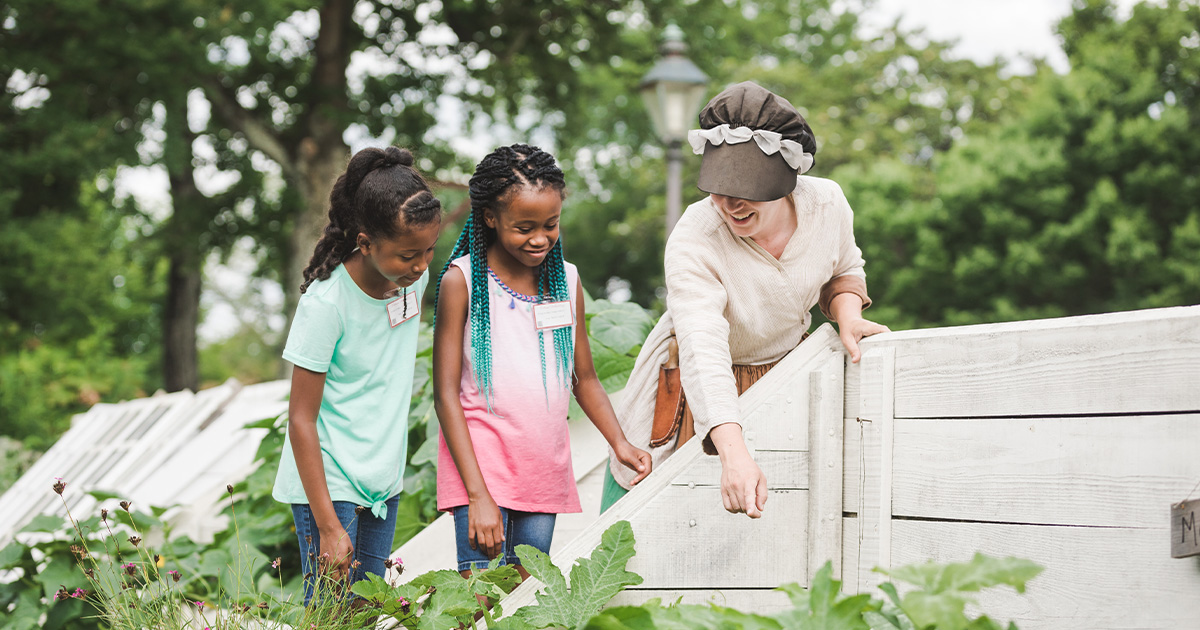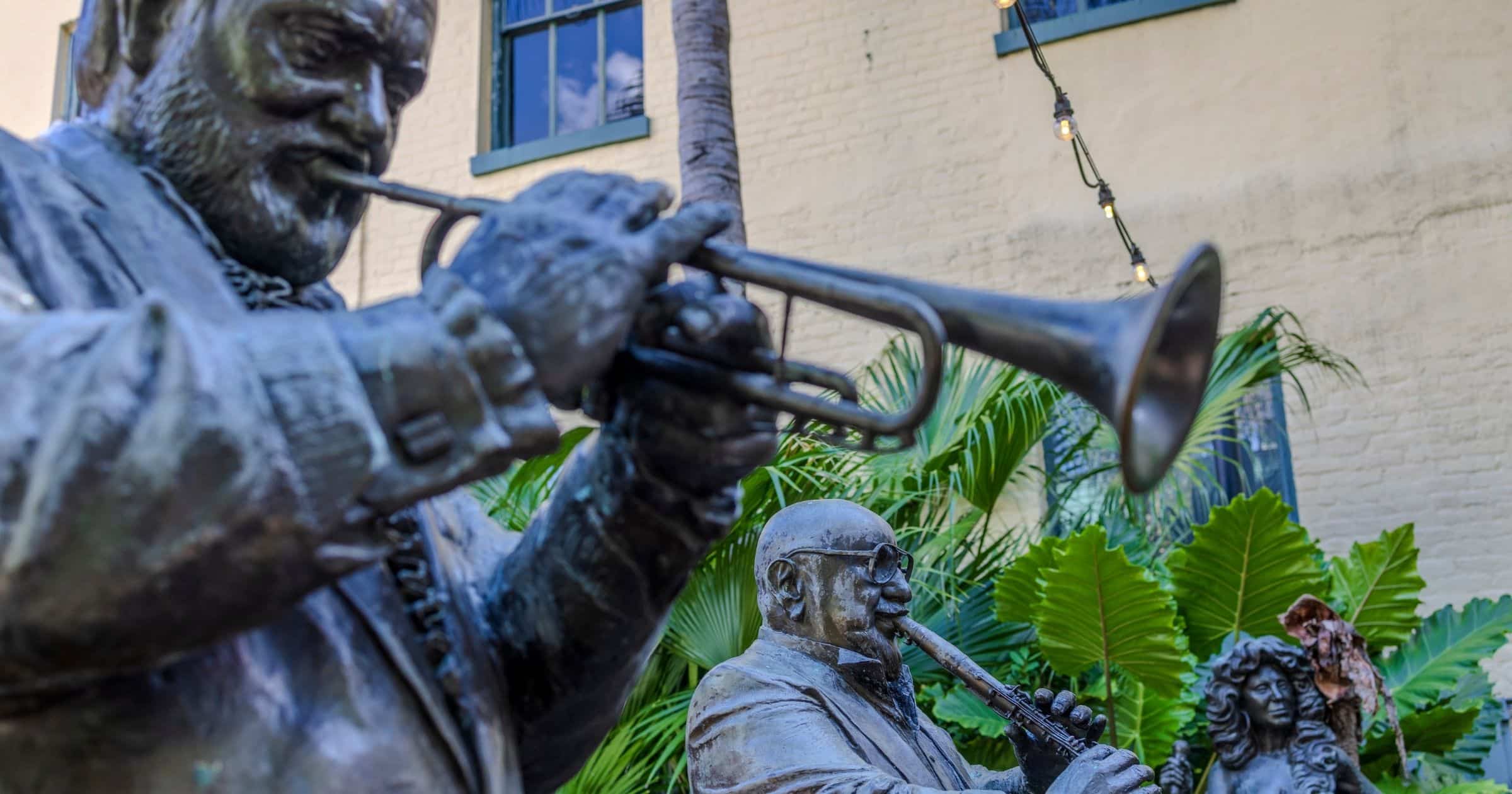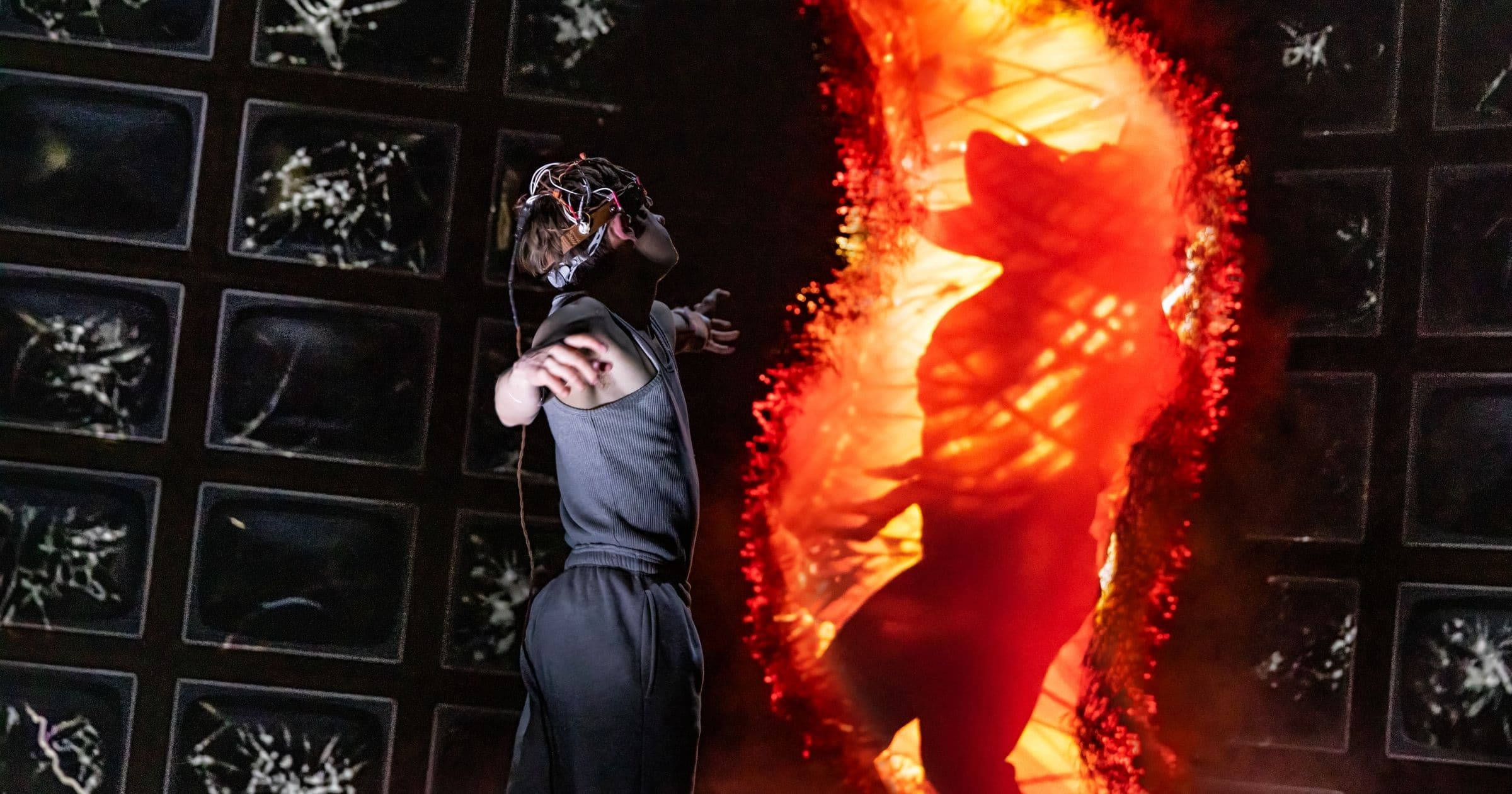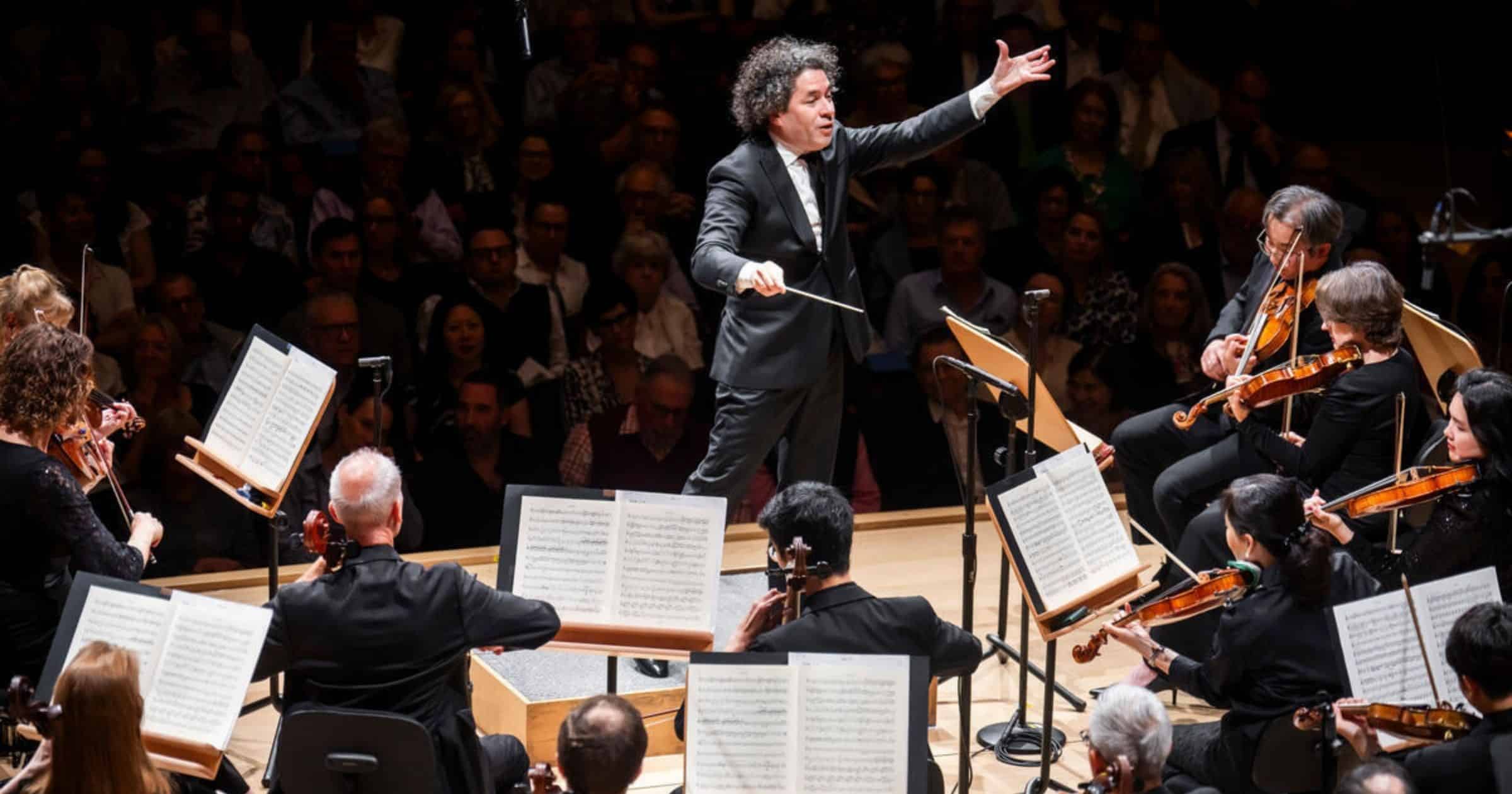Colonial Williamsburg is one of the most immersive, experiential dives into history available anywhere.
This city was once the thriving capital of Virginia, when the American dream of freedom and independence was taking shape. From 1699 to 1780, Williamsburg was the political, cultural and educational center of what was then the largest, most populous and most influential of the American colonies.
Now, Colonial Williamsburg offers fascinating, fun and insightful experiences for people of all ages. This educational adventure is especially perfect for student groups, and the costumed interpreters love teaching and answering questions while portraying 18-century people going about daily life in the period leading up to the American Revolution.
With more than 300 acres of historic trades, government buildings and family homes to explore, here are just a few of the must-see highlights:
Governor’s Palace and Gardens: Experience the grandeur of royal authority in Virginia just before its collapse in the Revolution. Home to seven royal governors—as well as Patrick Henry and Thomas Jefferson during their terms as governor of Virginia—this palace was built to impress. Gardens behind the Palace include a period-inspired boxwood maze.
Capitol: Walk the halls where the colony’s representatives struggled with the British governor over the meaning of American liberty. From this building in May 1776, Virginia became the first colony to speak for American independence from British rule.
Randolph Property: Home to Peyton Randolph, presiding officer of the First Continental Congress at Philadelphia, his family, and 27 enslaved individuals. Programming at the Randolph Property explores the paradox of American slavery and how the enslaved members of the household reaffirmed their humanity on a daily basis while surrounded by the calls of freedom and revolution by those that owned them.
Public Armoury: This is the industrial complex of Williamsburg. Students can witness the effort of diverse tradespeople as they support the Revolutionary War including blacksmiths, tinsmiths, and more.
New for school groups this year – Interpretive Group Stations. Students can experience hands-on educational content as part of Colonial Williamsburg’s new interpretive Group Stations. Students will focus on two core concepts: inquiry and experiential design.
For more information, visit colonialwilliamsburg.org.




